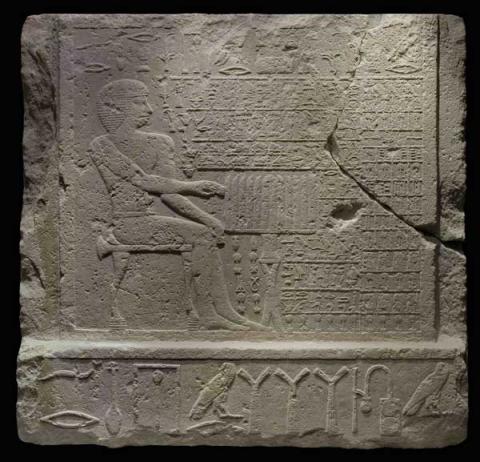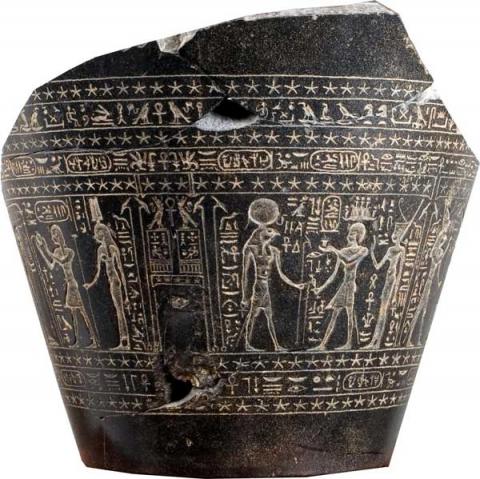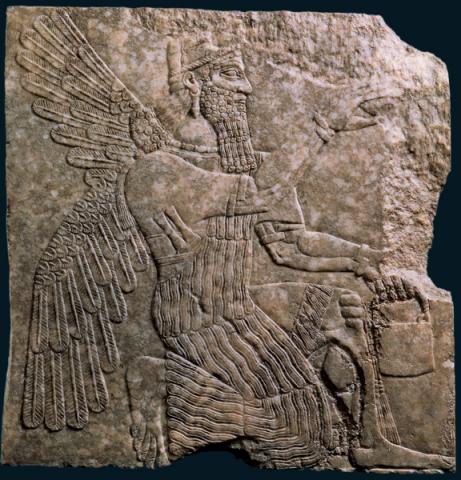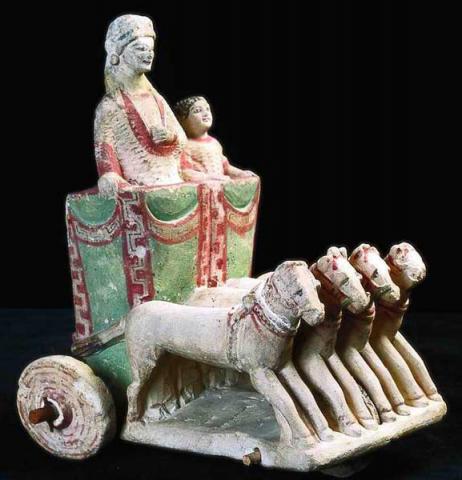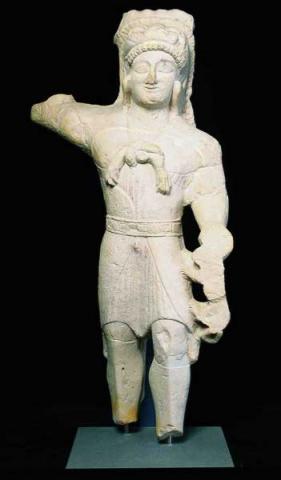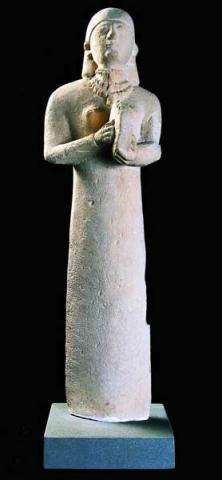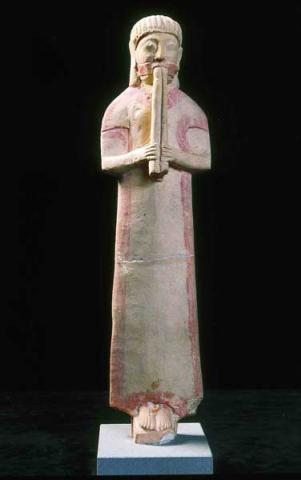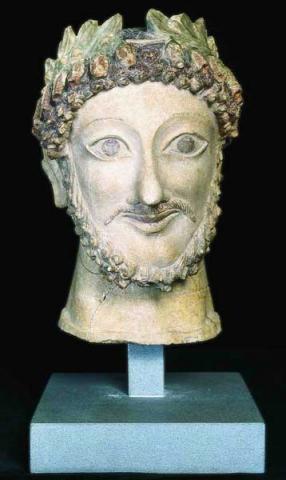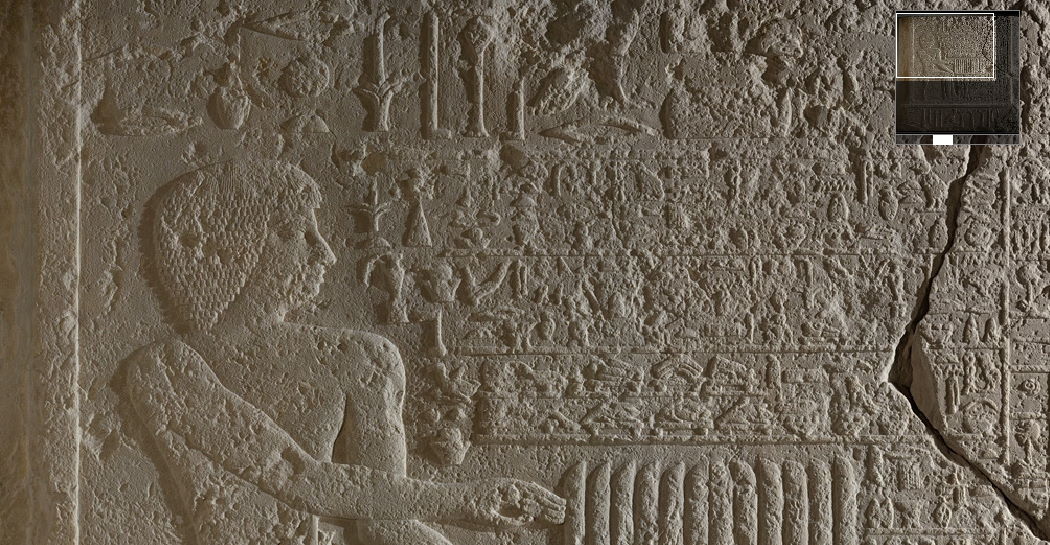Cypriot art
The location of the island of Cyprus, situated at the center of the eastern Mediterranean Sea, makes it a natural crossroads among the cultures of three continents: Europe, Asia and Africa. The history of the succession of peoples that dominated the island, each of which left a deep mark on Cypriot art, testifies to Cyprus’s extraordinarily important role in the thick web of commercial and cultural relations among the civilizations that gravitated around the eastern coasts of the Mediterranean.
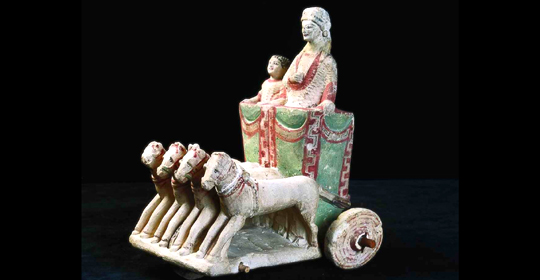
Over the centuries, Phoenicians, Greeks, Assyrians, Egyptians, Persians and Romans (who ruled Cyprus as of 58 B.C., and made it a province of their empire) exercised their power over the island, which had a wealth of important copper mines whose exploitation dated from the end of the 3rd millennium B.C. In Greek mythology, Cyprus is indissolubly tied to the birth of Aphrodite, generated by sea-foam and transported by the breath of Zephyr to Paphos, on the island’s southwestern coast, where the principal sanctuary dedicated to the goddess arose.
The Cypriot artworks collected by Giovanni Barracco to illustrate the island’s important role in mediating among the artistic cultures of the Near East and the West (Greek culture in particular) all date from the 6th or 5th century B.C:, documenting the transition from the archaic period to the classical.
In the context of Italian museums, they constitute a rare set of examples of Cypriot culture, the fruit of an important era of excavations and discoveries made on the island by diplomats and scholars from the beginning of the 19th century to the first decades of the 20th, which led to the creation of collections of Cypriot art in many European and American museums. This climate of great interest also encouraged private collectors, and supplied the European antiquities market with a stream of works from Cyprus, enabling Barracco to bring important pieces into his collection.


























